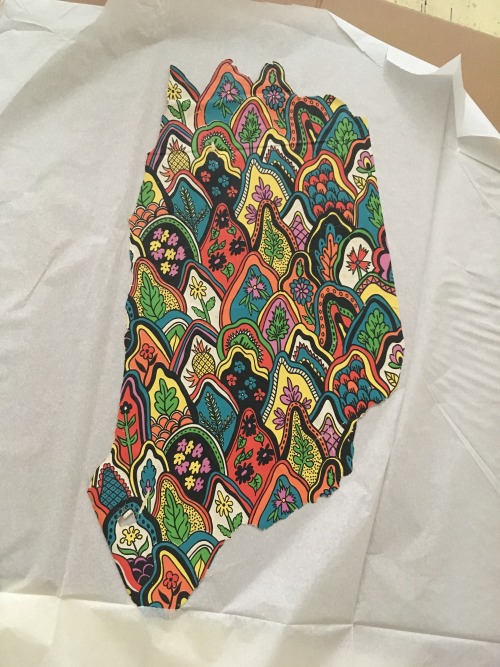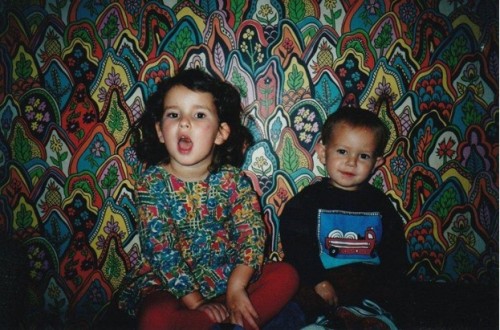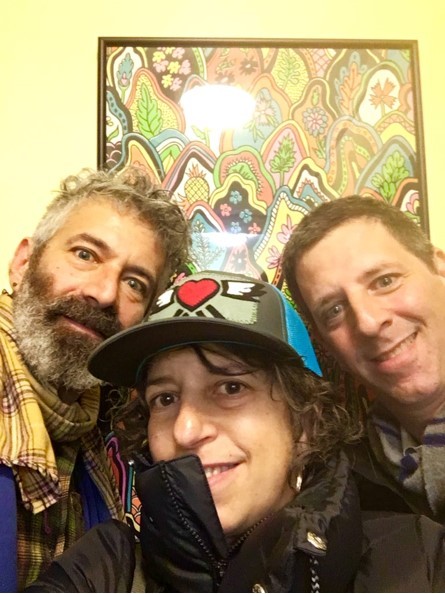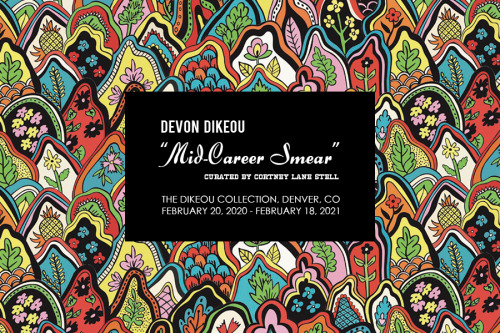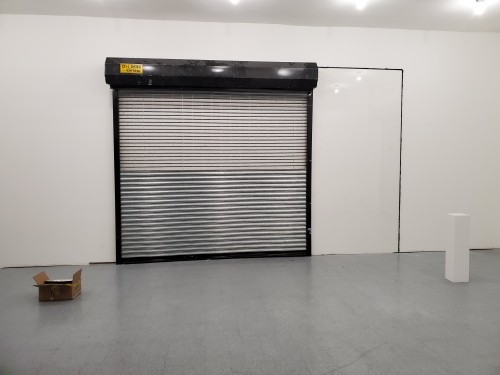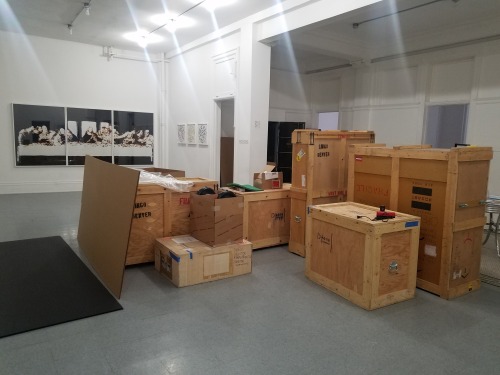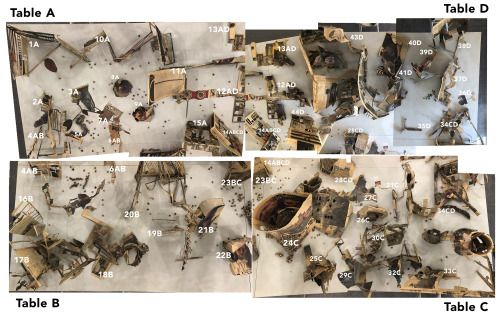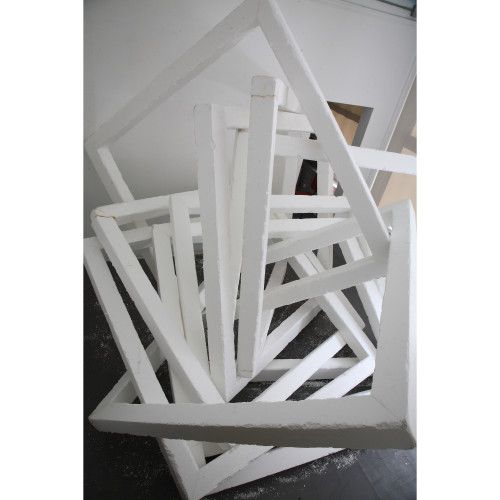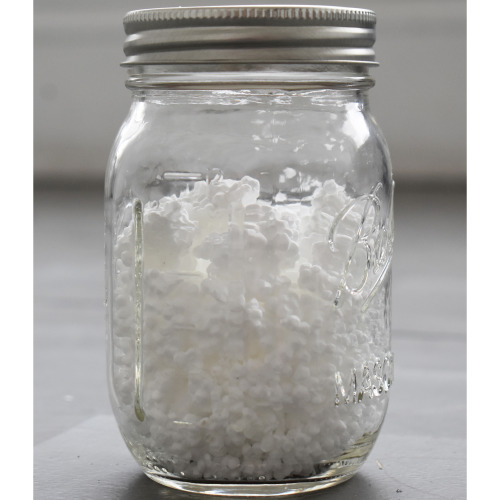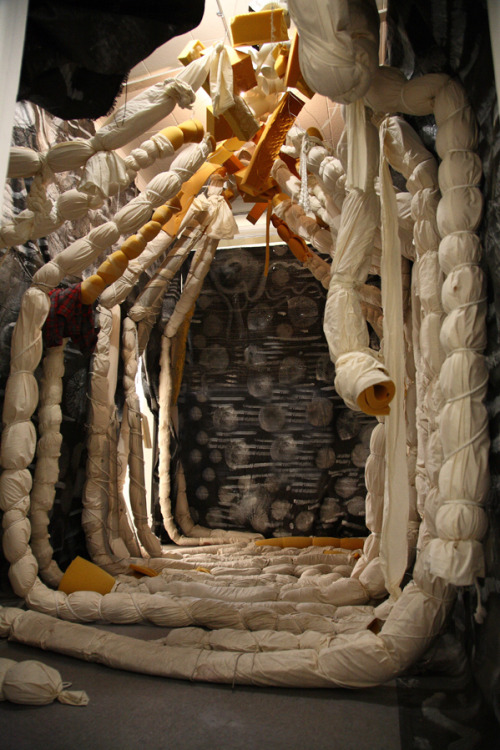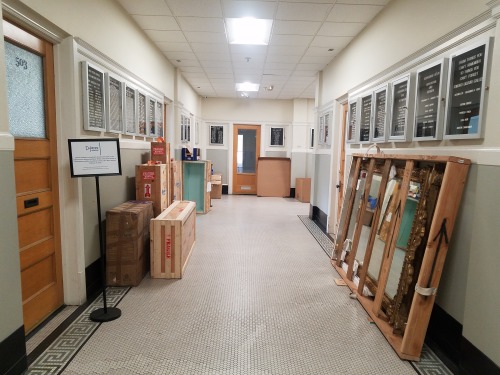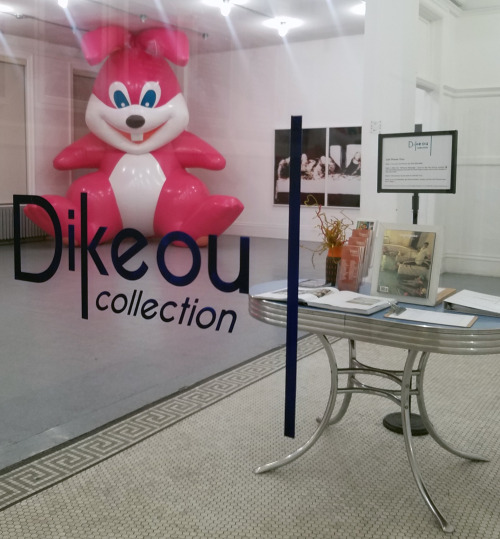Dikeou Superstars: Jonathan Horowitz

The Dikeou Collection is known for exhibiting artworks that are large, unusual, interactive, and attention-grabbing. Whether it’s Wade Guyton’s obtuse yet playful “The Room Moved the Way Blocked,” Momoyo Torimitsu’s startling “Miyata Jiro,” or Agathe Snow’s enveloping “Sludgie the Whale,” these pieces are sure to punctuate the memory of one’s visit to the collection. Then there are those that are smaller, quieter. Where subtlety is used to draw the viewer in for closer inspection and consideration. “Best Actress” by Jonathan Horowitz is one such piece. Comprised of 30 text-based prints on pale pink paper, this unassuming work holds the viewer’s gaze unlike any other, as they try to unravel its meaning.
Each one of the thirty “Best Actress” prints display the name(s) of Hollywood actors and actresses as they appear on the cast billing of their respective [unnamed] film. With the exception of the first three prints positioned at the top left, actress Julia Roberts appears throughout the whole series, her name printed in a slightly darker shade to highlight its position amongst her fellow performers. Typically, the names are ordered with the principal characters/actors at the beginning and smaller roles at the end. Roberts’ name moves around precariously throughout the lists, depending on the size of the cast and on the significance of her role.
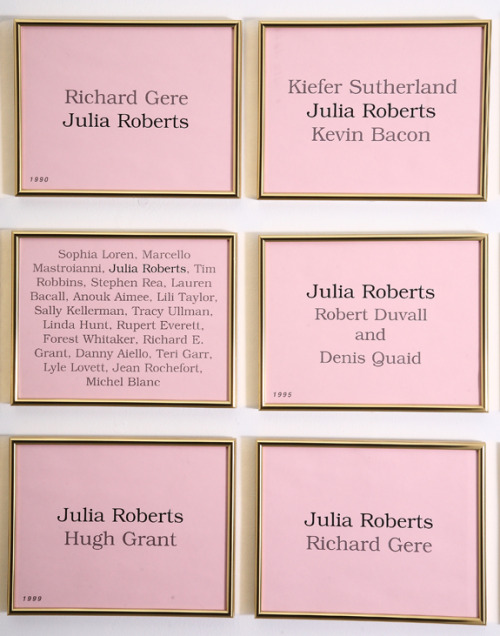
“Best Actress,” then, essentially tracks Roberts’ rise to fame, starting with her first appearance in 1988’s Mystic Pizza (a role so small that her name does not appear in the billing at all) up through the very early 2000s. Roberts appears in some tremendous ensemble films like Steel Magnolias with prominent female leads, other times it is just her name with one male lead actor, with his name typically above hers. In 1990 her name appears below Richard Gere with her breakout role in Pretty Woman. Flash forward to 1999 and Roberts’ gets the top spot above Gere in Runaway Bride. The tables turned in her favor, but the best, and worst, is yet to come.
In 2000, Julia Roberts starred as the title character in Erin Brockovich. The film was a critical and box office success, but Roberts’ performance is what made Erin Brockovich memorable and garnered many accolades and awards, including the highly-esteemed Best Actress Oscar at the 72nd Academy Awards. In Horowitz’s piece, her name appears on its own. She is THE single star, without a man’s name above or below hers to gauge her value. She’s at the pinnacle.
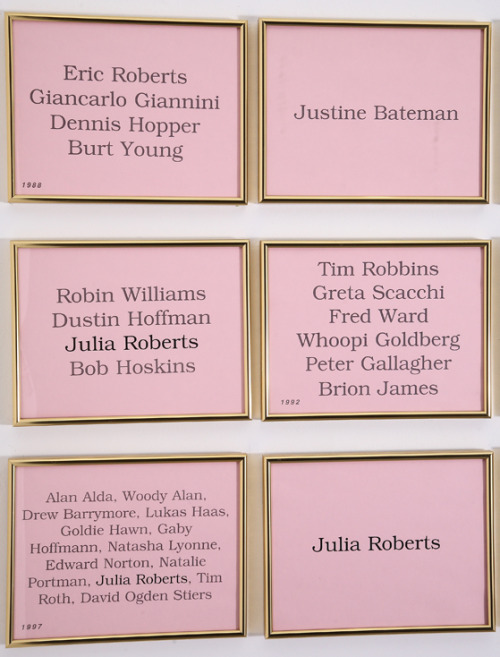
Roberts followed up Erin Brockovich a year later with The Mexican, an adventure comedy which she starred in alongside Brad Pitt. Here we have two powerhouse performers at the peak of their careers starring in a lukewarm film that does not do their talents justice. And where is the Best Actress winner’s name in the cast list? Below Mr. Pitt’s, of course. How silly to think that a woman can hold her #1 spot for more than a year before getting second chair to male counterparts. Horowitz’s “Best Actress” could have very well been a series of 29 prints on pink paper with Erin Brockovich being the one to cap it off, but inclusion of The Mexican is what drives the message home. Enduring success is challenging in any field, but for women in Hollywood, it’s about as long as an Oscar acceptance speech.
-Hayley Richardson


